Photographs: Danish Siddiqui/Reuters Abheek Barua
I am a little surprised that the Reserve Bank of India's (RBI's) assessment in its April monetary policy of the "potential" rate of growth for the economy at roughly 7.5 per cent didn't stir up a bigger controversy than it did.
After all, the RBI's number is much lower than the range of eight to nine per cent that the government would want us to believe is the economy's natural capacity to grow. Of course, the central bank kept things a little ambiguous by referring to a "trend" rate of growth instead of using the word "potential".
This is, however, just semantics: a close reading of the policy statement should leave no doubt about the fact that the trend actually refers to the potential or sustainable level of growth. In the RBI's own words, "an important issue in this regard is the economy's trend rate of growth, i.e., the rate that can be sustained over longer periods."
...
What is the new normal for growth?
Photographs: Mukesh Gupta/Reuters
The RBI's prognosis of the capacity to grow finally gives a structure to a discussion that has always been a little fuzzy. The usual tack in arriving at growth potential has been to project a sustainable level of both domestic savings and external funding (the current account deficit) and then add the two up to get an investment rate.
The investment rate is then used in conjunction with a multiplier (the capital-output ratio) that maps investments into final output. While this is analytically elegant, it can (as with most of these highly aggregative macro-models) yield a wide range of possibilities depending on the specific assumptions made about the variables involved.
The capital-output ratio is a particularly tricky variable since it has to build in things like productivity changes across industries and sectors, besides accounting for the change in the composition of economic output.
...
What is the new normal for growth?
Photographs: Mukesh Gupta/Reuters
This is no easy task, and it is easy to have large errors in estimating this. Also, since the model does not incorporate prices or inflation explicitly, it ignores a critical dimension of the very idea of "sustainability" or "potential".
The RBI's approach (borrowed from conventional monetary theory) recasts the problem by asking a different question: given existing supply conditions, is there a threshold for the rate of growth above which inflation shows signs of accelerating?
Since growth is ultimately determined by the amount of demand in the system, a related question is: at what levels of aggregate demand do key markets like infrastructure, labour and food switch from a state of equilibrium to a situation of rising excess demand? Going by the RBI's estimates, this growth rate is about 7.5 per cent.
The question, then, is: has this "potential" growth declined significantly over the last few years? Did the growth rates of over nine per cent that we witnessed between 2005 and 2007 correspond to a higher capacity to grow, or had the economy overheated in this period.
...
What is the new normal for growth?
Photographs: Reuters
The traditional analysis of "potential output" focuses closely on the labour market and views wage escalation as a key driver of inflation. The RBI, too, speaks of supply bottlenecks in the labour market as a key constraint on growth.
Going by the experience of companies in the high-growth segments of services (banking , IT and telecom) and manufacturing (automobiles, engineering goods) that were hiring somewhat desperately to keep up with growing demand in the 2005-2007 period, the economy appeared to be growing way beyond what the supply of skilled labour could support. Attrition had reached record levels and, as companies outbid each other to hire, organised sector wages spiralled.
The global financial crisis curtailed the risk of a massive domestic wage-price spiral from the skilled labour market.
...
What is the new normal for growth?
Photographs: Danish Siddiqui/Reuters
As growth collapsed, there were job losses (or at least the demand for new workers evaporated) and the white-collar job market cooled off. However, even as growth weakened, the initial conditions for another spiral in wages and prices were slowly falling into place.
As the effect of aggressive increases in procurement prices and a new employment guarantee scheme, rural wages started to escalate. Sectors like construction, large-scale farming and segments of manufacturing that had traditionally depended on the pool of low-cost migrant labour found that either workers were just not available or, if available, they demanded sharply increased wages. A new -- but binding -- constraint had emerged in the market for unskilled workers as well.
I am perhaps dwelling too much on the labour market. By 2006-07 bottlenecks in critical infrastructure like power and roads had begun to take a toll on production and costs. Captive power generation, for one, was becoming prohibitive as oil prices spiked.
...
What is the new normal for growth?
Photographs: Reuters
The national highway network (with its incomplete stretches) didn't seem adequate to support the increased volume of freight traffic that came with nine per cent growth. Clearly, more needed to be done at that stage itself.
My sense is that, given the extant supply constraints, the potential growth rate in the economy before the crisis was in the ballpark of eight per cent.
In the absence of any meaningful improvement in the supply of infrastructure, skills or agricultural productivity in the half-decade since the crisis, this has dropped to 7.5 per cent or perhaps lower.
...
What is the new normal for growth?
Photographs: Reuters/Arko Datta/Files
Growth and inflation come in pairs and a 7.5 per cent maps into a rate of inflation that (if the estimate of potential is correct) should constitute a stable, non-accelerating inflation rate. My estimate of this inflation rate is six to 6.5 per cent.
The government will have to learn the configuration of growth and inflation and adjust its long-term fiscal projections accordingly.
Of course, it has the option of disagreeing with the RBI and betting on higher growth. This bet is likely to go seriously wrong unless the government can get its act together on the supply side.
The author is chief economist, HDFC Bank.

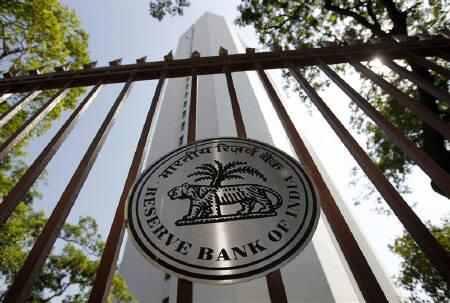

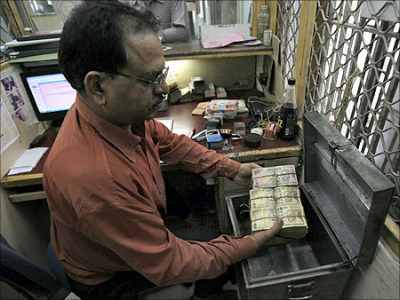
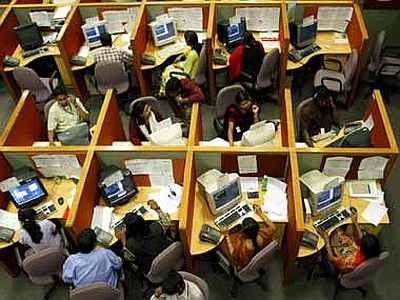
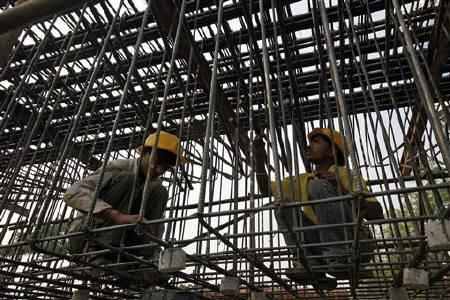
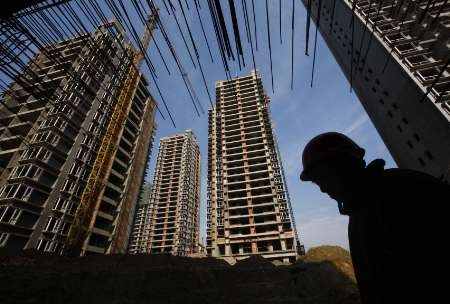


article